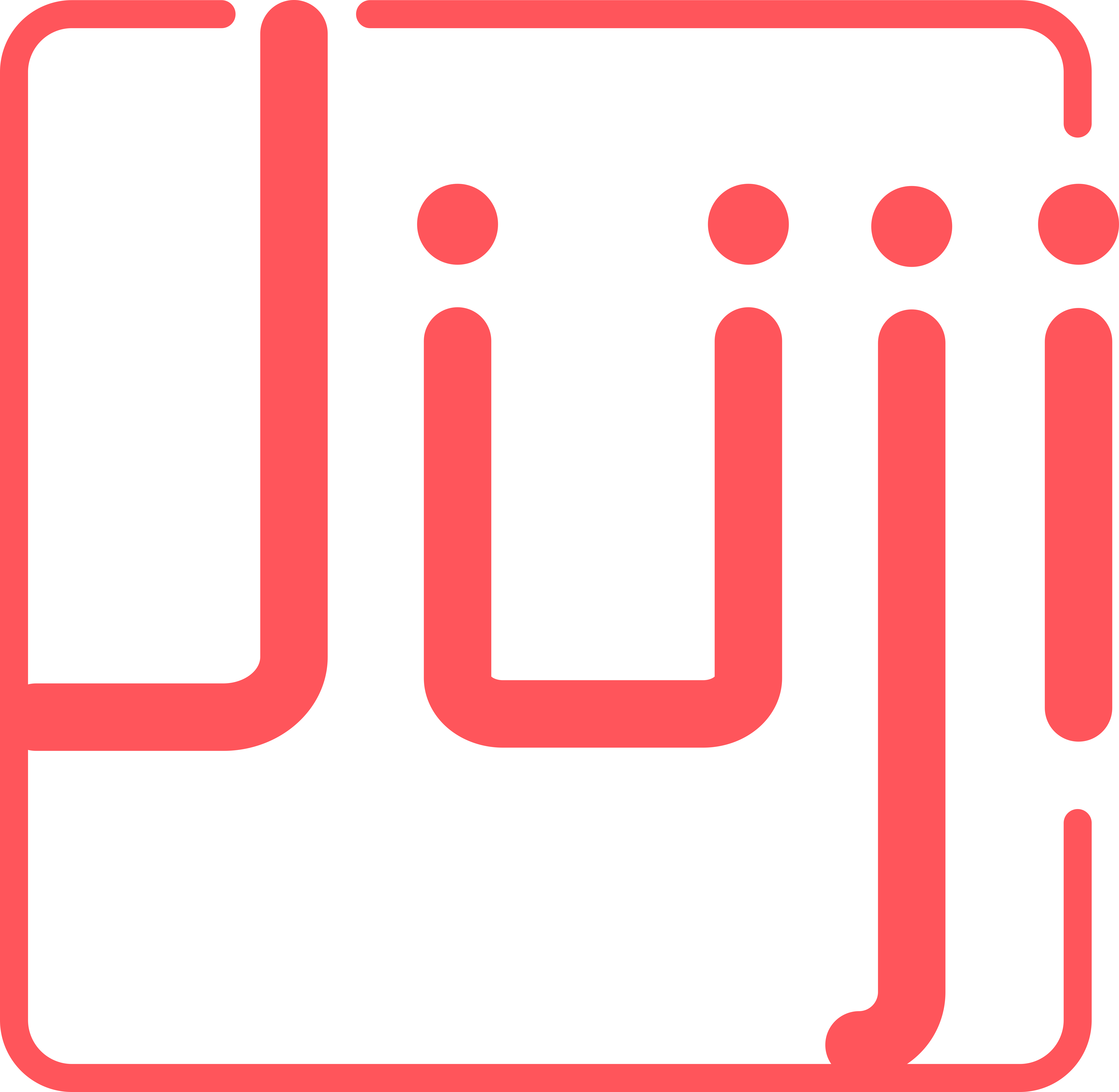@MarcLorrain
Thank you for your post!
Great question! See my answer below. (Because others may have the same question, could you kindly copy & post your question on our forum: forum.juji.io so others can also see my answer too? )
The “else” condition is under the trigger called “default input” (our naming is from the Java switch statement: {switch case 1… case 2… default: }
see the screenshot below:

This is to allow a chatbot to give a default, catch-all response if it cannot anticipate every possible user response, such as in an open-ended conversation like below:
Chatbot: What’s the main issue you have with our service?
User: …
Chatbot: Thank you for your input. I will definitely ask my human teammates to look into it.

